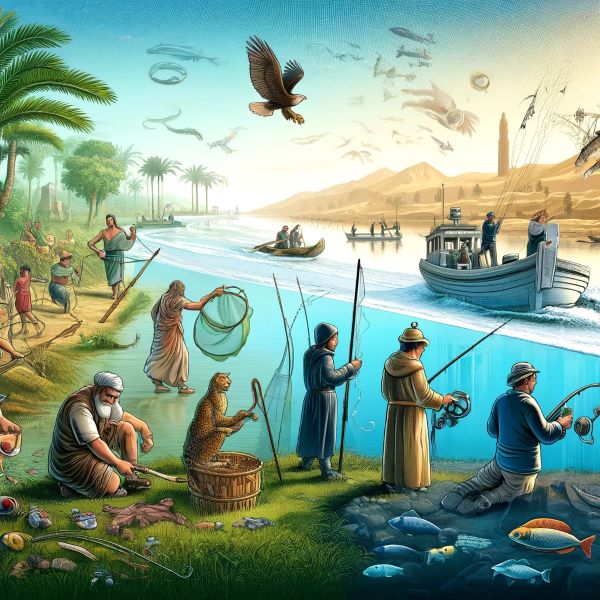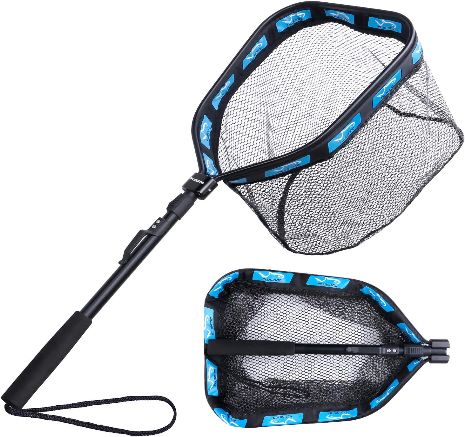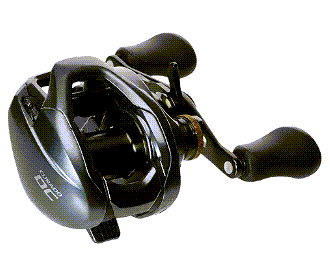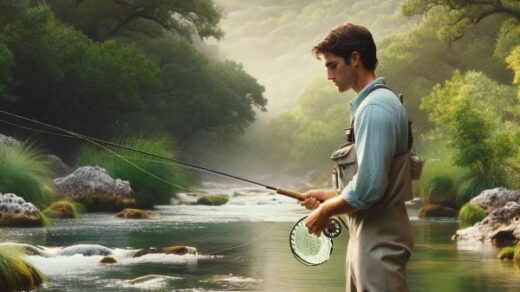Balancing Sustainability and the Thrill of the Catch
Fishing is an ancient practice that dates back to at least the Upper Paleolithic period, which began about 40,000 years ago. Here’s some evidence to support this:
- Isotopic analysis: Scientists have analyzed the skeletal remains of Tianyuan Man, a 40,000-year-old modern human from East Asia, and found evidence that he regularly consumed freshwater fish.
- Archaeological features: Discoveries of shell middens (piles of discarded shells), discarded fish bones, and cave paintings depicting fishing scenes all point towards seafood being a significant part of the diet for early humans.
The story of fishing is one of remarkable ingenuity and adaptation. From the rudimentary tools of our ancestors to the high-tech gear of today, humans have constantly strived to improve their relationship with the water and its bounty. However, this pursuit has come at a cost.
A Reel Revolution in Fishing Techniques
Fast forward from the rudimentary tools of prehistory to around 3500 BCE in Egypt, and we witness a significant leap in fishing technology. This era saw the rise of more sophisticated methods, transforming fishing from a basic survival tactic to a skilled art.
Egyptian Innovations: Nets and Rods
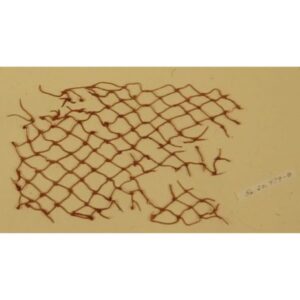
The Egyptians, known for their ingenuity, pioneered the use of nets, woven from plant fibers or reeds. These nets, deployed in various sizes and shapes, allowed for the capture of multiple fish at once, significantly increasing the efficiency of the catch.
Alongside nets came the innovation of fishing lines and rods. Imagine the patience and skill required to create a line strong enough to hold a struggling fish, and a rod that offered leverage for reeling it in. These tools marked a turning point in angling, allowing for targeted fishing of specific types of fish.
Global Contributions to Fishing Techniques
But the Egyptians weren’t the only ones casting their lines into history. Other ancient cultures developed their own unique fishing techniques:
The Greeks

Renowned for their love of the sea, the Greeks employed a variety of methods depending on the target catch. They used long lines with multiple hooks for bottom feeders, while also utilizing wicker traps and cleverly designed weirs to funnel fish into enclosed areas. Notably, the Macedonians are credited with being some of the earliest users of artificial flies, a technique still employed by fly fishermen today.
The Romans
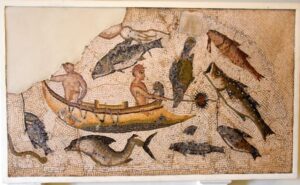
While not known for their prowess in fishing, the Romans did contribute significantly to the practice through their advancements in aquaculture. They constructed elaborate fish ponds for raising fish, a practice that laid the foundation for modern fish farms.
The Chinese

With a long and rich history of fishing, the Chinese developed a vast array of techniques. They employed intricate cast nets for catching surface fish, while also utilizing trotlines – long lines with multiple baited hooks suspended in the water. Additionally, the Chinese are credited with the invention of multi-barbed hooks, significantly increasing the effectiveness of their fishing efforts.
The Impact of Early Fishing Technology
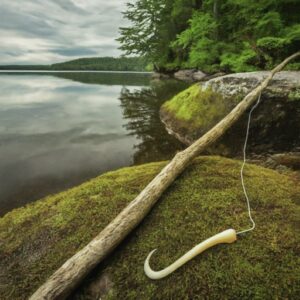
This rise of specialized fishing gear in various civilizations showcases the ingenuity and adaptability of early cultures. By tailoring their tools to specific environments and fish species, they maximized their catch and secured a more reliable source of food. These advancements paved the way for further innovations in fishing practices, laying the groundwork for the angler’s toolkit we recognize today.
Exploring Fishing Across Continents
The lure of the catch wasn’t confined to a single corner of the globe. As humanity ventured across continents, the art of fishing spread, adapting and evolving in fascinating ways. Let’s embark on a journey across diverse cultures and see how they mastered the art of extracting bounty from the water.
Sharing Techniques, Shaping Traditions
The spread of fishing techniques wasn’t a linear process. Trade, migration, and cultural exchange played a vital role. For example, the use of weirs, intricate structures that trap fish as water levels recede, spread from Asia to Europe and beyond, with each civilization adapting the design to their specific environment.
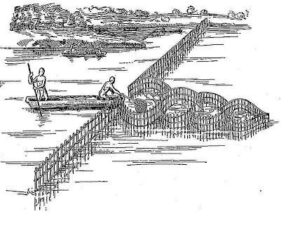
Indigenous Ingenuity
Across the globe, indigenous cultures developed unique methods to thrive. In the icy waters of the Arctic, Inuit communities relied on ice fishing, strategically carving holes through the ice and using bone hooks and lures to entice fish. In the warm Pacific, Polynesian cultures employed outrigger canoes, allowing them to venture far offshore and fish using barbed hooks made from shells or bone. In Africa, the use of fish traps woven from reeds or papyrus played a crucial role in sustenance along the continent’s vast waterways.
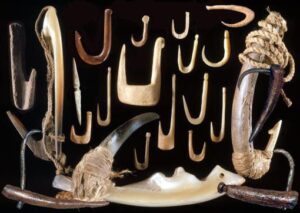
Beyond Survival: A Cultural Tapestry
Fishing wasn’t just about putting food on the table; it often held deep cultural and religious significance. In some Native American tribes, salmon fishing was accompanied by elaborate ceremonies, honoring the fish and ensuring a bountiful harvest. The Egyptians revered certain fish as deities, and their intricate fishing practices were intertwined with religious beliefs. In Japan, the art of koi fishing transcended mere sustenance, developing into a symbol of perseverance and good fortune.
Boats Built for Bounty
The development of fishing boats played a crucial role in expanding humanity’s reach. From the sturdy Egyptian papyrus boats to the sleek Viking longships, each vessel was meticulously designed to navigate specific waterways and maximize fishing potential. The iconic dhow of East Africa, with its distinctive triangular sail, enabled fishermen to venture far out to sea, while the innovative catamarans of the Pacific Islands ensured stability on the open ocean.
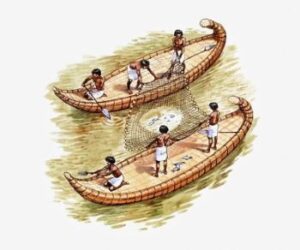
This glimpse into fishing across continents reveals a rich tapestry of human ingenuity. From the practical innovations of traps and specialized boats to the cultural and religious significance ingrained in the practice, fishing has woven itself into the fabric of human history across the globe. As we move forward, understanding these diverse methods can help us appreciate the rich heritage of this age-old tradition and guide us towards sustainable fishing practices for generations to come.
How Technology Revolutionized Fishing Gear
Fishing has always been an intricate dance between human ingenuity and the wiles of the water. But throughout history, technological advancements have transformed this practice from a basic struggle for survival to a sophisticated pursuit enjoyed by millions. Let’s explore some key innovations that have redefined the art of fishing.
A Reel Revolution
For centuries, fishing relied on brute strength and patience. However, the 17th century ushered in a game-changer: the invention of the fishing reel. This seemingly simple device revolutionized angling. Now, anglers could cast lines further, fight stronger fish, and manage lines more efficiently. The fishing reel laid the groundwork for the development of specialized reels for different fishing styles, forever altering the way we interact with our catch.
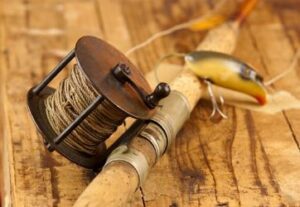
Material Marvels
Technology’s impact extended far beyond the reel. The development of modern materials like nylon and other synthetic fibers in the 20th century brought a new era of fishing lines and nets. These materials were lighter, stronger, and more resistant to wear and tear compared to traditional options like silk or cotton. This not only increased the effectiveness of fishing but also made the gear lighter and easier to manage.
Seeing Through the Water
The 20th century also witnessed the rise of electronic marvels that transformed fish finding. Gone were the days of relying solely on intuition and experience. Sonar technology and fish finders allowed anglers to peer beneath the water’s surface, identifying fish locations and depths with unprecedented accuracy. This revolutionized fishing strategies, enabling targeted approaches and maximizing catch rates.
Technological Challenges and Conservation
These advancements haven’t been without controversy. The efficiency of modern gear has raised concerns about overfishing. However, technological innovation can also be a tool for conservation. For example, sonar technology can be used to assess fish populations and inform sustainable fishing practices.
The Future of Fishing Gear
The future of fishing gear is likely to embrace even more sophisticated technologies. Imagine AI-powered fishing rods that adjust tension based on the catch, or virtual reality experiences that allow anglers to hone their skills in simulated environments.
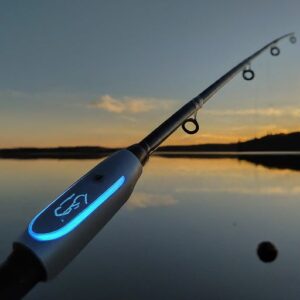
One thing remains constant: the human desire to connect with the water and the thrill of the catch. As technology continues to evolve, the tools we use to fish may change, but the core essence of this age-old practice – the respect for nature and the satisfaction of a successful catch – is sure to endure.
Balancing Sustainability and the Thrill of the Catch
The story of fishing is one of remarkable ingenuity and adaptation. From the rudimentary tools of our ancestors to the high-tech gear of today, humans have constantly strived to improve their relationship with the water and its bounty. However, this pursuit has come at a cost.
Troubled Waters
Overfishing and environmental changes pose significant threats to fish populations. Modern fishing techniques, while highly efficient, can deplete stocks faster than they can replenish. Climate change alters water temperatures and disrupts ecosystems, further jeopardizing the delicate balance of the aquatic world.
A Shift in the Tide
Thankfully, a growing awareness of these challenges has spurred the rise of sustainable fishing practices. Catch-and-release is gaining traction, allowing anglers to enjoy the thrill of the catch while returning healthy fish to the water. The use of eco-friendly equipment, like biodegradable fishing lines and lead-free weights, minimizes environmental impact.
Aquaculture: A Potential Solution?
Aquaculture, or fish farming, offers a potential solution to meet the growing demand for seafood without relying solely on wild fish stocks. However, responsible aquaculture practices are crucial to ensure minimal environmental impact.
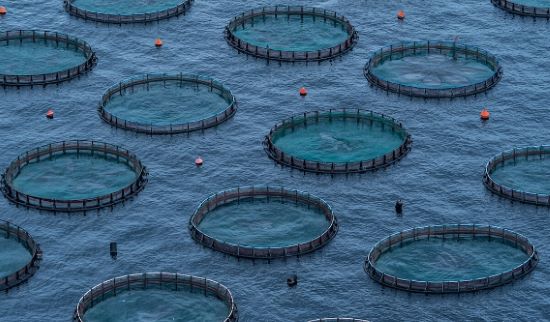
A Hopeful Outlook
The future of fishing need not be a story of depletion. By embracing sustainable practices, advocating for responsible regulations, and supporting responsible aquaculture, we can ensure that the thrill of the catch continues for generations to come. Imagine a future where technological advancements like sonar are used to monitor fish populations and enforce sustainable fishing practices.
The key lies in striking a balance – enjoying the age-old tradition of fishing while ensuring the health of our oceans and the sustainability of this precious resource. By adopting a sense of stewardship, we can continue to cast a line for enjoyment and connect with the natural world, all while ensuring the waters remain teeming with life for the future. After all, a healthy future for fish is a healthy future for us all.
